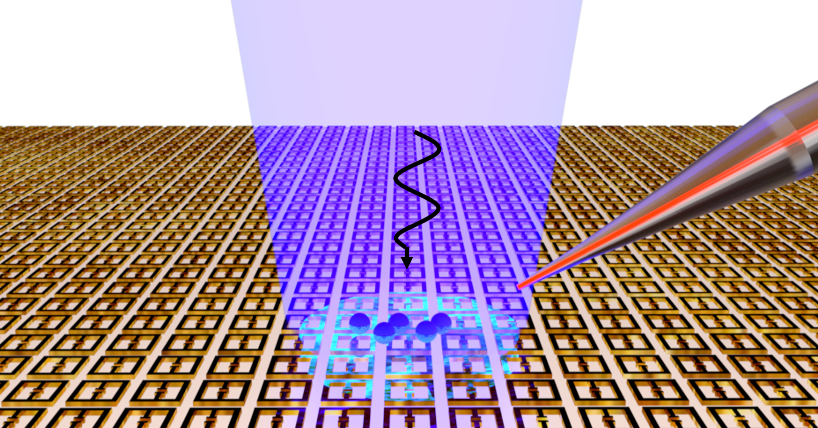Emerging Electronic Technologies
The Emerging Technologies and Materials (ETM) group is interested in investigating emerging materials that are conducive to electronic technologies.
Our focus
Bioelectronic devices and systems are being created to tackle major medical disorders such as epilepsy, motor-neuron disease and pain. We work with academic and clinical groups to record electrical signals from brain cells measured in micro-volts. We make implants, combined with microelectronic circuits to create systems that monitor both central and peripheral nervous systems.
Silicon Carbide electronics finds applications in hostile environments, including space, high temperatures and in power electronics where it will reduce carbon emissions. We fabricate MOSFETs with very high performance, by using nanoscale interface oxides.
We also have world-leading expertise in printed electronics for next-generation of electronic devices and systems (also called the Internet of Things, IoT). The IoT revolution puts a focus upon flexible, low power and wearable devices. Our research is focused on 2D or layered materials, a promising new area for printed electronics. We work with nanosheet inks for the design and fabrication of LEDs, solar cells, supercapacitors, sensors and antennae, among others.
Our expertise also includes gas sensing devices using catalytic metal oxide and 2D nanoparticles as a functionalization layer of graphene-based sensors. We work on the design of low-power sensors for large-scale sensing networks for commercial applications.
Creating impact and industrial links
Emerging Electronics Technologies evolve at a rapid rate and their impact is far-reaching. Some real-world applications include:
- improve production times and performance
- reduce running costs
- deal with materials harmful for human beings
- sustainability/reducing waste
- increase the quality of human lives and interaction
- maintaining health and safety
These technologies will boost collaboration with industry. As the way we live and work changes, such teamwork will be required to bring innovative ideas to the lab first and then to the market.
The bioelectronics data from recording electrodes help us to understand and overcome severe pain or discover drugs to combat motor-neuron disease. Our brain probes combine LEDs with recording electrodes in a three-dimensional array to control epilepsy electrically using opto-genetic techniques rather than drugs, where side-effects are problematic.
The Silicon Carbide electronics is part of the EPSRC doctoral training centre with most students jointly funded by industry.




